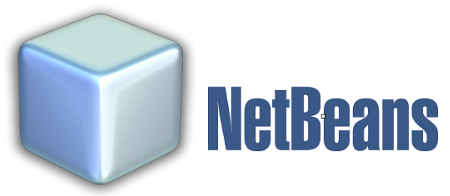 I’ve been talking about the need for a tool to transition from “move things around the little window by the code” teaching tools like Scratch, Khan Academy coding and Greenfoot. These are all great ways to start kids coding, but they are walled-off playgrounds with no connection to the outside world or even the rest of the computer you’re working on. Is there an accessible tool that allows students to easily do visually interesting things but also gives them access to code that can read and write files, create and connect to databases, and get data off the internet? And then I thought, what was that Java IDE that Sun made back in the 90s with a form builder, is that still around? And so I found myself at Netbeans.org.
I’ve been talking about the need for a tool to transition from “move things around the little window by the code” teaching tools like Scratch, Khan Academy coding and Greenfoot. These are all great ways to start kids coding, but they are walled-off playgrounds with no connection to the outside world or even the rest of the computer you’re working on. Is there an accessible tool that allows students to easily do visually interesting things but also gives them access to code that can read and write files, create and connect to databases, and get data off the internet? And then I thought, what was that Java IDE that Sun made back in the 90s with a form builder, is that still around? And so I found myself at Netbeans.org.
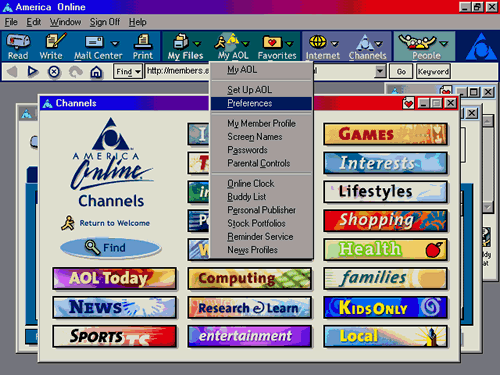 Netbeans is anything but a new tool; at 20 or so years old it’s practically geriatric by tech standards. When Netbeans came out Yahoo was the exciting new search engine, Mark Zuckerberg was a working on a media player as a high school project and a large percentage of internet sessions began with loud scratchy modem handshakes to AOL. I feared finding a neglected and forgotten product today, but Netbeans is quite up to date; the standard download comes with JDK 8 and tools for creating pages in Swing or JavaFX, the newer user interface module.
Netbeans is anything but a new tool; at 20 or so years old it’s practically geriatric by tech standards. When Netbeans came out Yahoo was the exciting new search engine, Mark Zuckerberg was a working on a media player as a high school project and a large percentage of internet sessions began with loud scratchy modem handshakes to AOL. I feared finding a neglected and forgotten product today, but Netbeans is quite up to date; the standard download comes with JDK 8 and tools for creating pages in Swing or JavaFX, the newer user interface module.
Don’t get me wrong; to do anything in NetBeans you have to know Java. So how does it help? The main way is that it makes creating user interfaces with Swing ridiculously easy using the forms design. To make a window you just select-click on your project, choose new and then choose JFrame form. You’ll see the window in the design view, and to your right you have a bunch of different UI elements like text boxes, buttons, checkboxes and so on that you can drag and drop right on your frame.
Programming the UI is equally easy. To make an event listener for an element (that’s the code that happens when the button’s clicked or element’s changed or whatever), just double click on the element. You’ll be right 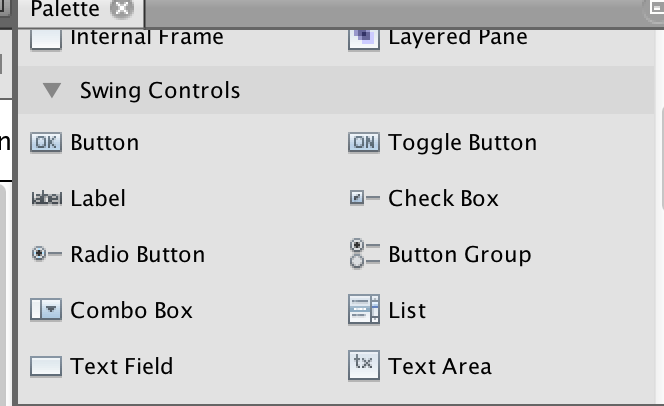 in the event listener class, so you can just write the code you want it to perform. (You can see more details in my first NetBeans lesson on my YouTube channel).
in the event listener class, so you can just write the code you want it to perform. (You can see more details in my first NetBeans lesson on my YouTube channel).
As I said, you’ll still have to know Java to do actually make the code in the listener, but with NetBeans your students can focus entirely on what they want their code to do rather than dealing with the the clunky Swing UI code or remembering the difference between addGroup() or addContainerGap().
But wait there’s more! NetBeans also makes it easy to create an Entity Class from Database. That means if you have a database connection you can easily make the students connect and start doing SQL commands with Java. It also allows you to create a Web Service Client. I’m not saying either of these are things kids could figure out on their own, but if you do the heavy lifting on the backend you can have kids do some serious programming with data that is not in a little box by the code window.
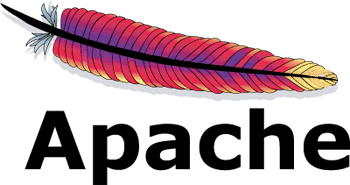 After I got excited about this, I immediately discovered that Oracle is planning on turning NB over to the Apache foundation as an open source project, and a sinking feeling filled my gut. I had experienced something similar before, when I got excited about teaching Microsoft’s fabulous XNA gaming platform in C# right before Microsoft dropped it like a used wad of gum. XNA became Monogame, but at least at the time Monogame was not what XNA had been. So I know well enough that “it’s becoming an open source project” is often the software industry’s equivalent of your parents telling you “the dog is on a beautiful farm where he can run and play all day.”
After I got excited about this, I immediately discovered that Oracle is planning on turning NB over to the Apache foundation as an open source project, and a sinking feeling filled my gut. I had experienced something similar before, when I got excited about teaching Microsoft’s fabulous XNA gaming platform in C# right before Microsoft dropped it like a used wad of gum. XNA became Monogame, but at least at the time Monogame was not what XNA had been. So I know well enough that “it’s becoming an open source project” is often the software industry’s equivalent of your parents telling you “the dog is on a beautiful farm where he can run and play all day.”
But Apache is not just any open source foundation; they are behind the most popular *NIX web server and Mozilla one of the most popular browsers – which you may well be viewing this page on – among many other projects like the Thunderbird mail app.
Even more encouraging was the thriving community of NetBeans developers I’ve discovered on Twitter. According to the NetBeans team there are more than a million users of NetBeans today, meaning a lot of commitment to keeping it alive and thriving. I wonder if these people realize NB’s potential as a learning tool for younger students?
I’m not going to get into the debate over whether NetBeans is better than Eclipse. Clearly some developers feel it is, but many more prefer the great purple circle (or one of the other popular IDEs like IntelliJ), and Eclipse may indeed be better for a commercial EE developer. For new students, however, it’s extremely intimidating with not a lot of handholds and no help with sorting out a parallelGroup from a sequentialGroup or a verticalGroup when you’re making a UI.
I’m experimenting now with NB as a teaching tool for students as young as 8th graders. I’ll continue to keep the blog up to date on how it works, and be sure to check out my NetBeans playlist on YouTube as it grows.
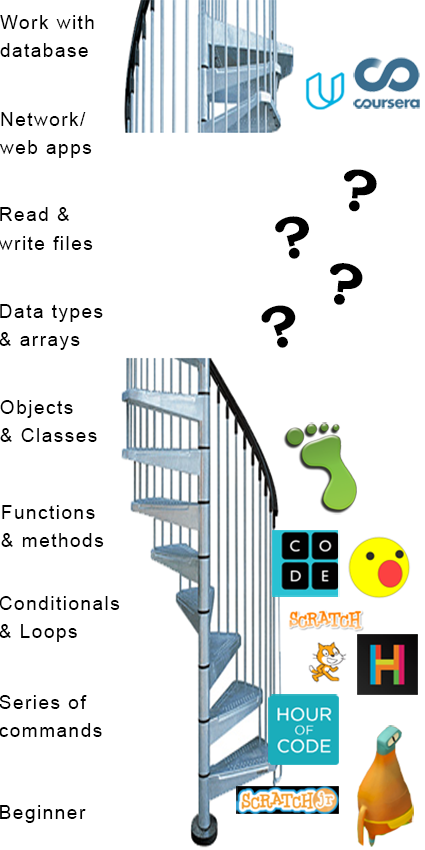
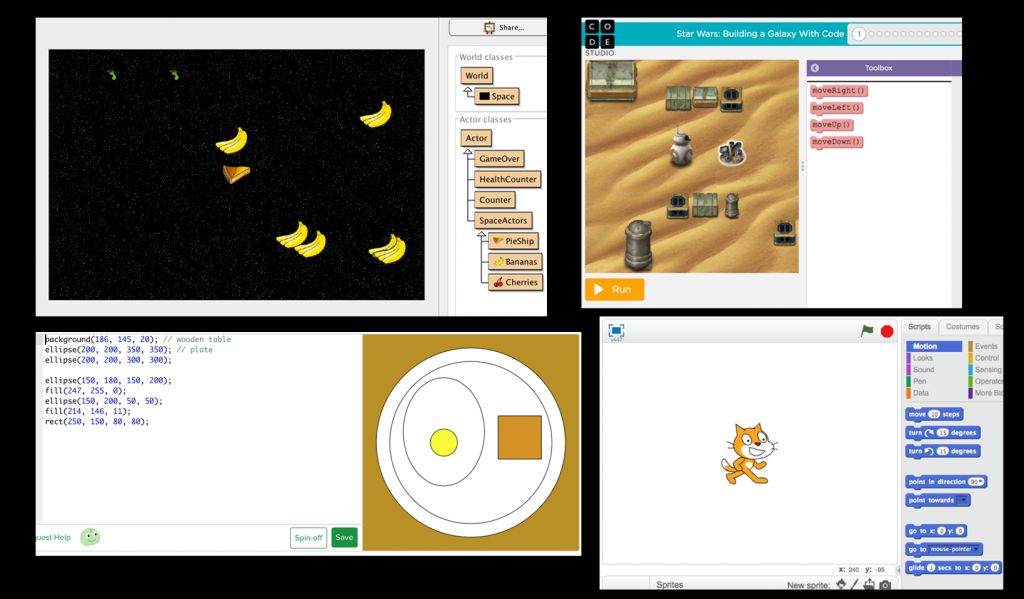
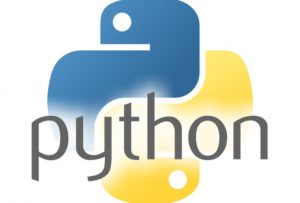 A common question I see is what is the best “pro” language for students to start with? There is no one right answer for this, because it depends on the kind of student and what your final objective is. I have some experience teaching a number of languages and know more of them, so I am going to offer some thoughts about starting with different languages that I hope help a teacher decide. When I say a “pro” language, I am speaking about something that is actually used for professional applications. That means obviously not Scratch, but also not something like Processing. These are both great languages to practice with before you learn one of the languages below, but as far as I know no one is creating any commercial applications in Processing or Scratch. I won’t address every possible language, because some of them (like Lisp) I just don’t know much about. I am going to do a series of posts starting with this same paragraph.
A common question I see is what is the best “pro” language for students to start with? There is no one right answer for this, because it depends on the kind of student and what your final objective is. I have some experience teaching a number of languages and know more of them, so I am going to offer some thoughts about starting with different languages that I hope help a teacher decide. When I say a “pro” language, I am speaking about something that is actually used for professional applications. That means obviously not Scratch, but also not something like Processing. These are both great languages to practice with before you learn one of the languages below, but as far as I know no one is creating any commercial applications in Processing or Scratch. I won’t address every possible language, because some of them (like Lisp) I just don’t know much about. I am going to do a series of posts starting with this same paragraph.


 I do IT for my school, and as a result I spend a lot of time on tech support lines. I am a connoisseur of tech support hold music: Apple’s music is probably the coolest, except they always play that one John Legend song that I’m so sick of. Cisco’s is definitely the worst, a bland recycled elevator music song that repeats indefinitely. But I know some tricks for dealing with them, which I’m going to share with you.
I do IT for my school, and as a result I spend a lot of time on tech support lines. I am a connoisseur of tech support hold music: Apple’s music is probably the coolest, except they always play that one John Legend song that I’m so sick of. Cisco’s is definitely the worst, a bland recycled elevator music song that repeats indefinitely. But I know some tricks for dealing with them, which I’m going to share with you. oing, your goal is to get elevated as quickly as possible. The people that answer the phone don’t know much. Be prepared for what they are going to ask you. Quickly get through the general questions about starting and restarting your computer and so on.
oing, your goal is to get elevated as quickly as possible. The people that answer the phone don’t know much. Be prepared for what they are going to ask you. Quickly get through the general questions about starting and restarting your computer and so on. bers of the products ready before you call.
bers of the products ready before you call. e question was what kind of programming projects should students be working on if not video games? And an answer I provided, without much detail, is helping kids work with real data. This post is some thoughts about how to make that possible.
e question was what kind of programming projects should students be working on if not video games? And an answer I provided, without much detail, is helping kids work with real data. This post is some thoughts about how to make that possible. The good news is there is tons of open-source data out there, and a lot of it is extremely useful and relevant. One of the best places to start is
The good news is there is tons of open-source data out there, and a lot of it is extremely useful and relevant. One of the best places to start is  In the short term, what a teacher would do is decide what kind of data students should work with, download it, and get it into a format the kids can use. Ideally this should be a database of some sort. Working with databases sounds big and scary. But the basic statements of SQL are not that hard, and every language has tons of packages to allow the language to work with an SQL database. This may be harder than I think, because I haven’t actually attempted to teach it yet. But I believe it can be done.
In the short term, what a teacher would do is decide what kind of data students should work with, download it, and get it into a format the kids can use. Ideally this should be a database of some sort. Working with databases sounds big and scary. But the basic statements of SQL are not that hard, and every language has tons of packages to allow the language to work with an SQL database. This may be harder than I think, because I haven’t actually attempted to teach it yet. But I believe it can be done.